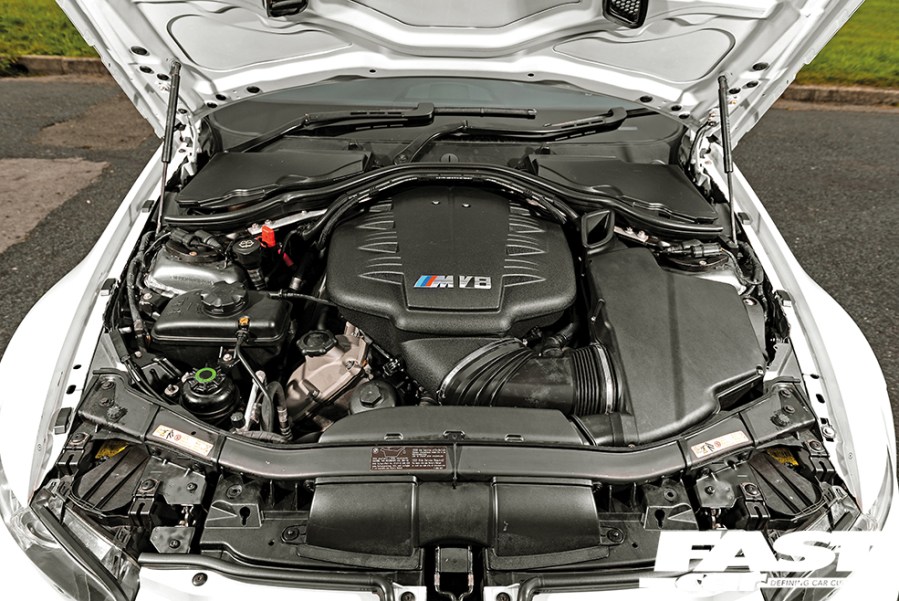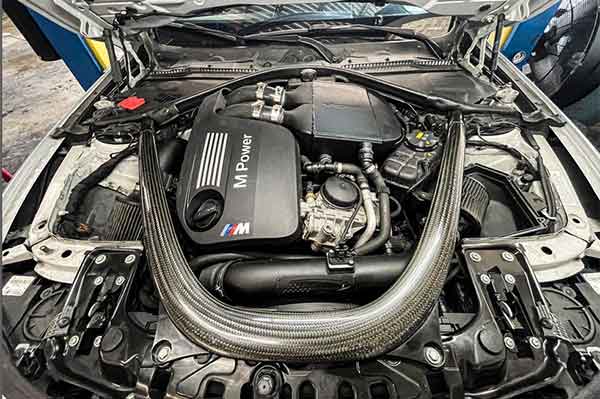The Duty of BMW Engine Layout in Getting Exceptional Fuel Effectiveness
The Duty of BMW Engine Layout in Getting Exceptional Fuel Effectiveness
Blog Article
Checking Out the Development of Burning Engines in Modern Transport Equipments
As we navigate the landscape of modern transport, the development of combustion engines stands as a testimony to human resourcefulness and engineering prowess. The interaction of history, technology, and ecological problems in shaping the trajectory of burning engines develops a story that is both engaging and informative.
Very Early Beginnings of Combustion Engines
Just how did the principle of combustion engines initial emerge in the early phases of transportation development? When the concepts of internal burning were very first discovered, the origins of combustion engines can be traced back to the 17th century. In 1673, Christian Huygens conceptualized a basic inner combustion engine that utilized gunpowder to create power. However, it wasn't until the late 19th century that sensible applications of combustion engines in transport began to arise.
The breakthrough moment featured the innovation of the initial successful gasoline-powered engine by Karl Benz in 1885 - bmw engine. This engine led the way for the development of the contemporary auto, transforming transport systems worldwide. Succeeding advancements by Nikolaus Otto and Gottlieb Daimler better refined combustion engine innovation, leading to the mass production of cars and the rapid growth of the transport sector
These very early burning engines were identified by their simpleness and performance, laying the structure for the facility and effective engines made use of in modern-day transport systems. The advancement of burning engines has actually been crucial fit the way we travel and carry products, noting a substantial landmark in the history of transportation development.
Transition to Internal Burning Innovation
The transition to internal burning innovation marked a pivotal change in the advancement of transportation systems. This shift started in the late 19th century, with developers like Nikolaus Otto and Gottlieb Daimler establishing the very first successful inner combustion engines. These engines transformed transport by supplying a much more effective and efficient alternative to vapor engines and electric motors.
Among the crucial advantages of internal burning engines was their ability to be reduced to fit into vehicles, bring about the advancement of vehicles and bikes. This change from bulky, fixed engines to portable, mobile ones led the way for the modern transportation systems we see today.
The change to internal burning modern technology additionally spurred improvements in fuel modern technology, resulting in the development of gasoline and diesel as primary gas sources for lorries. This change not only made transportation more obtainable to the masses however additionally laid the structure for the oil and gas market to become essential to worldwide economic situations.
Impact of Combustion Engines on Transport
The fostering of burning engines in transport systems militarized an extensive change in the efficiency and rate of global movement. Combustion engines reinvented transport by providing a trustworthy and versatile resource of power for different automobiles, including autos, vehicles, ships, and planes. This technology dramatically improved the capacity for individuals and goods to move over fars away in much shorter amount of time, causing increased connectivity between regions and nations.
Moreover, the widespread use combustion engines has had a substantial effect on economic growth. The ability to deliver goods efficiently has stimulated trade and business, enabling businesses to broaden their markets and reach consumers worldwide. This has actually facilitated financial development and globalization, as items can now be transferred much faster and in larger quantities than in the past.
However, the ecological influence of combustion engines can not be ignored. The burning of nonrenewable fuel sources has linked here led to air contamination and greenhouse gas emissions, adding to climate change and presenting health dangers to populations. bmw engine. Therefore, there is an expanding focus on creating alternative propulsion technologies to reduce these unfavorable results and create a much more sustainable future for transportation
Advancements in Burning Engine Design
Various advancements in burning engine style have pushed the advancement of transport systems over the years. One remarkable technology is the development of turbocharged engines, which use exhaust gases to drive a wind turbine that presses incoming air, permitting for even more fuel to be burnt, resulting in increased power result without a considerable increase in engine dimension. In addition, straight injection innovation has improved fuel efficiency and efficiency by precisely controlling the quantity and timing of fuel infused right into the burning chamber. Variable valve timing systems have actually additionally transformed engine design by optimizing air flow at different engine rates, boosting both power and efficiency. One more significant innovation is the combination of lightweight materials such as carbon fiber and light weight aluminum alloys, minimizing total engine weight and boosting lorry gas economic climate. Innovations in computer-aided layout have actually allowed designers to maximize engine efficiency and effectiveness with simulations before physical prototypes are constructed, conserving time and resources in the advancement process. These developments collectively add to the continuous improvement of burning engines in modern-day transportation systems.
Future Trends in Burning Engine Development
With innovation improvements driving constant development, the future of combustion engine growth is poised to transform transport systems around the world. One of the key fads in burning engine development is the press in the direction of greater performance and minimized discharges. Manufacturers are spending heavily in study and advancement to enhance engine efficiency while satisfying strict ecological guidelines. This includes the assimilation of advanced gas injection systems, boosted turbocharging techniques, and the usage of lightweight products to enhance gas usage and lower carbon discharges.
An additional popular fad is the adoption of hybrid modern technologies in burning engines. Hybrid engines integrate typical combustion technology with electrical power, offering improved fuel efficiency and lower discharges. As the automobile sector you could check here shifts towards electrification, hybrid combustion engines are viewed as a transitional remedy that bridges the space between standard lorries and fully electric ones.
Furthermore, the combination of clever go to these guys technologies, such as synthetic intelligence and data analytics, is anticipated to play a substantial duty in the future of burning engine growth. These modern technologies can optimize engine performance in real-time, leading to much more efficient combustion processes and enhanced overall car performance. Embracing these future trends will not only drive innovation in burning engine growth yet additionally add to an extra ecologically friendly and sustainable transportation ecosystem.

Final Thought
In verdict, the advancement of burning engines in contemporary transportation systems has been noted by considerable developments in technology and layout. From the very early beginnings of combustion engines to the change to interior burning innovation, these engines have actually had an extensive effect on transportation.
The roots of burning engines can be mapped back to the 17th century when the principles of internal burning were initial checked out. These engines transformed transportation by supplying an extra effective and effective choice to heavy steam engines and electrical motors.

Report this page